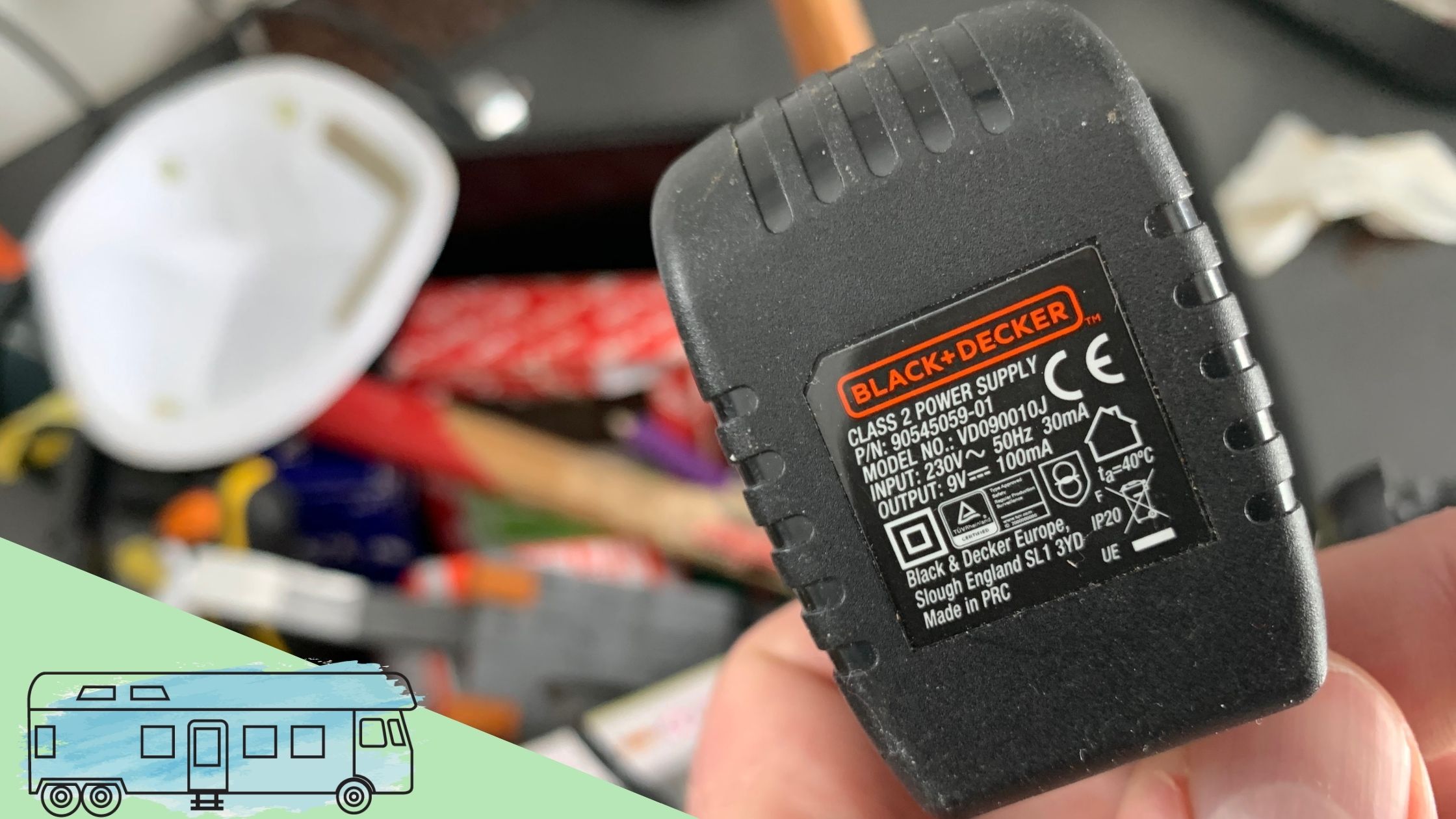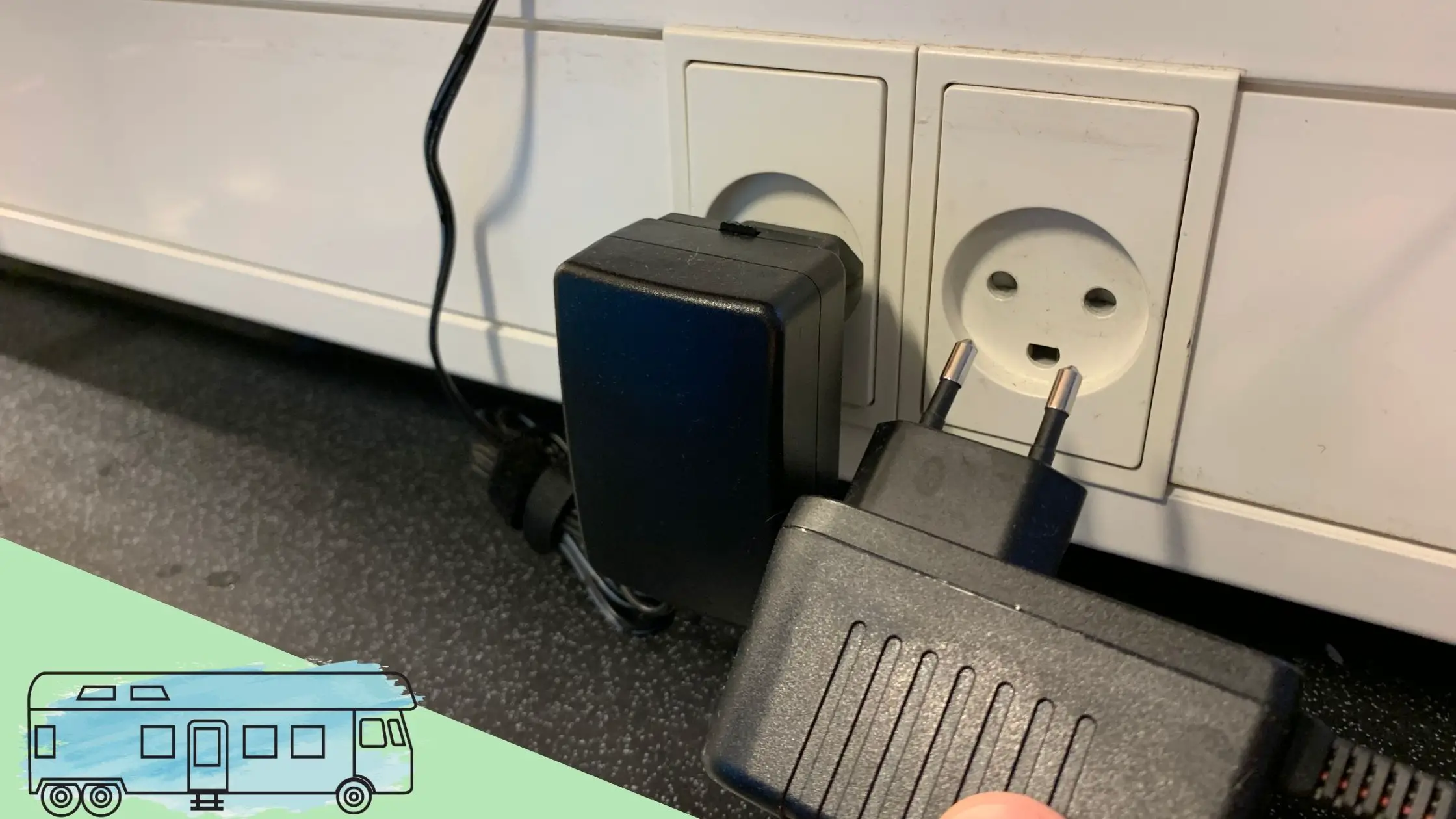Whether you have visited New Zealand in the past or just happen to be a returning traveler, you have probably wondered about the right traveler plug more than once. So, what kind of plug adapter do I need for New Zealand?
Well, since New Zealand has different power outlets when compared to American and European countries, your best option would be a Universal Adapter. Featuring two USB ports and multiple charging ports, you can conveniently use this device to charge your personal gadgets and drives. Most Universal adapters are compatible with the outlets of 100+ countries across the globe. The best part: You can also replace them as most of them come with a guarantee.
Other options may include carrying a separate Type C and Type A/B charger. But what plug type does New Zealand use and what other voltage adapters should you consider? Let’s clear the air!
What plug type is commonly used in New Zealand?
The most common plug type of New Zealand is plug one. Featuring three different, flat pins, this plug appears to take a triangular form. The country further operates on a supply voltage of 230V and 50Hz.
Should I carry a travel adapter?
As previously mentioned, I recommend using a travel adapter because of its ease of use and convenience. I took this adapter during my first trip to NZ, and I wasn’t left disappointed. So, whether you’re from the US, UK, or any other Asian or European country – with the right travel adapter in place, you will never have to worry about charging your devices, regardless of the available plug type in your NZ destination.
Do you need an adaptor for New Zealand from Australia?
NZ and Australia have the same 50 HZ, 240-volt voltage with the same outlet type. That is why, a simple, generic travel adapter will suffice. Both the countries use plug type I and you can easily use your generic adapter during the trip.
Do you need an adaptor for New Zealand from the US?
The voltage in the US is 110 as opposed to the 240 voltage of NZ. An adaptor, therefore, isn’t enough. You’ll need a power converter. While you can use most of your appliances in the country, you will require a multipurpose travel adapter to even out the voltage situation. With that said, you might spot some charging points (110 V) in NZ especially if you’re visiting old buildings. We found only a couple of these points in bathrooms.
Do you need an adaptor for new Zealand from England?
If you are coming from England, you will need a travel adapter for uniform voltage that converts from the type G UK uses to the Type C found in New Zealand. As with us, you may have to carry a multipurpose voltage adapter during your trip.
Is electricity good in New Zealand?
Electricity is excellent in New Zealand, thanks to its high-quality electrical grid. During your stay in the country, you will rarely witness any power outage, regardless of how remote the spot is. Since NZ also heavily depends on sustainable resources, you are likely to face minimal to no issues in terms of electricity.
Is it a good idea to carry a voltage converter in New Zealand?
Electricity across the globe ranges between 100 and 200 volts. And as you would probably guess, it is never a good idea to use an electrical device that has a different voltage rating than the supply rating. Since voltage tends to fluctuate depending on the country, it is wise to use a voltage converter/transfer when you’re in New Zealand.
In case the frequency of your device happens to be different, it might also end up hindering the regular operation of your electrical equipment. In the simplest terms, a clock with 50hz capacity will end up running more quickly when it accesses electricity of 60 Hz. Since almost all leading voltage converters have plug adaptors as an accessory, you won’t necessarily have to purchase a new adapter.
Every converter and transformer will come with the highest power rating usually quantified by AMPS/Watts. So, before intending to use any appliance, make sure it doesn’t cross the said rating.
When should you carry a voltage converter in New Zealand?
While using a voltage converter is an excellent idea, you may not necessarily need it for small electronic gadgets like your smartphone, digital camera, and smartwatch. The converter happens to be more useful when you are using bigger devices like refrigerators. Our daily-use gadgets come with dual voltage chargers that are compatible with all electrical systems.
With that said, you may need the voltage converter in some special situations like when you are carrying a laptop or a hairdryer. Hairdryers in particular are power-craving gadgets that only operate between 120 and 60 volts. So, if you are carrying a hairdryer in New Zealand, it is always a good idea to carry a separate voltage converter for the same.
Finally, whether or not you will need a voltage converter in New Zealand will depend on the appliance you are using. That is why it is best to check the appliance label. Certain appliances, for instance, will not require a converter. In case you find the term ‘INPUT: 100-240V, 50/60’ on the appliance label, you can use it across the globe, regardless of the country. This is found quite commonly among cameras, smartphones, and electronic toothbrushes from leading brands.
Are voltage converters the same as voltage transformers?
Both voltage converters and voltage transformers have a similar mode of operation. Their application, however, tends to vary. You would want to use the converter for an appliance that requires quick or short-duration operation not exceeding two hours. Transformers, on the other hand, are best for devices that require a constant operation.
While traveling to NZ, it is worth noting that certain adaptors aren’t compatible with devices requiring earth connection. That is why, if you are using these adapters, you will need double insulated equipment that will further have a clear marking of a double box symbol.

Do I need a voltage converter or a transformer?
If you are traveling to NZ for leisure, it is very unlikely you would need a transformer. However, there is no harm in checking. You can find out whether you will require a converter or a transformer by checking the label of the appliance.
In case it comes with a dual voltage rating, you will find the term ‘input: 110-240 v’ on its label. This will simply mean that you won’t need either a transformer or converter as the device can conveniently work on your universal adapter. Since NZ operates at a voltage of 230 V, this will fall under that category.
Again, if your device has a single voltage rating, it will need to be in sync with the supply voltage of NZ which is 230V. In case the voltage label doesn’t meet this category, you will need a transformer/converter for the safe operation of the device.
Bottom line
Now that you know all about travel adapters and plug types, pack safe and pack the right items. I would finally emphasize using travel adapters once again for their handy and convenient operation.
In addition to following all my guidelines, don’t forget to carry this nifty little device for a safe and enjoyable trip.


